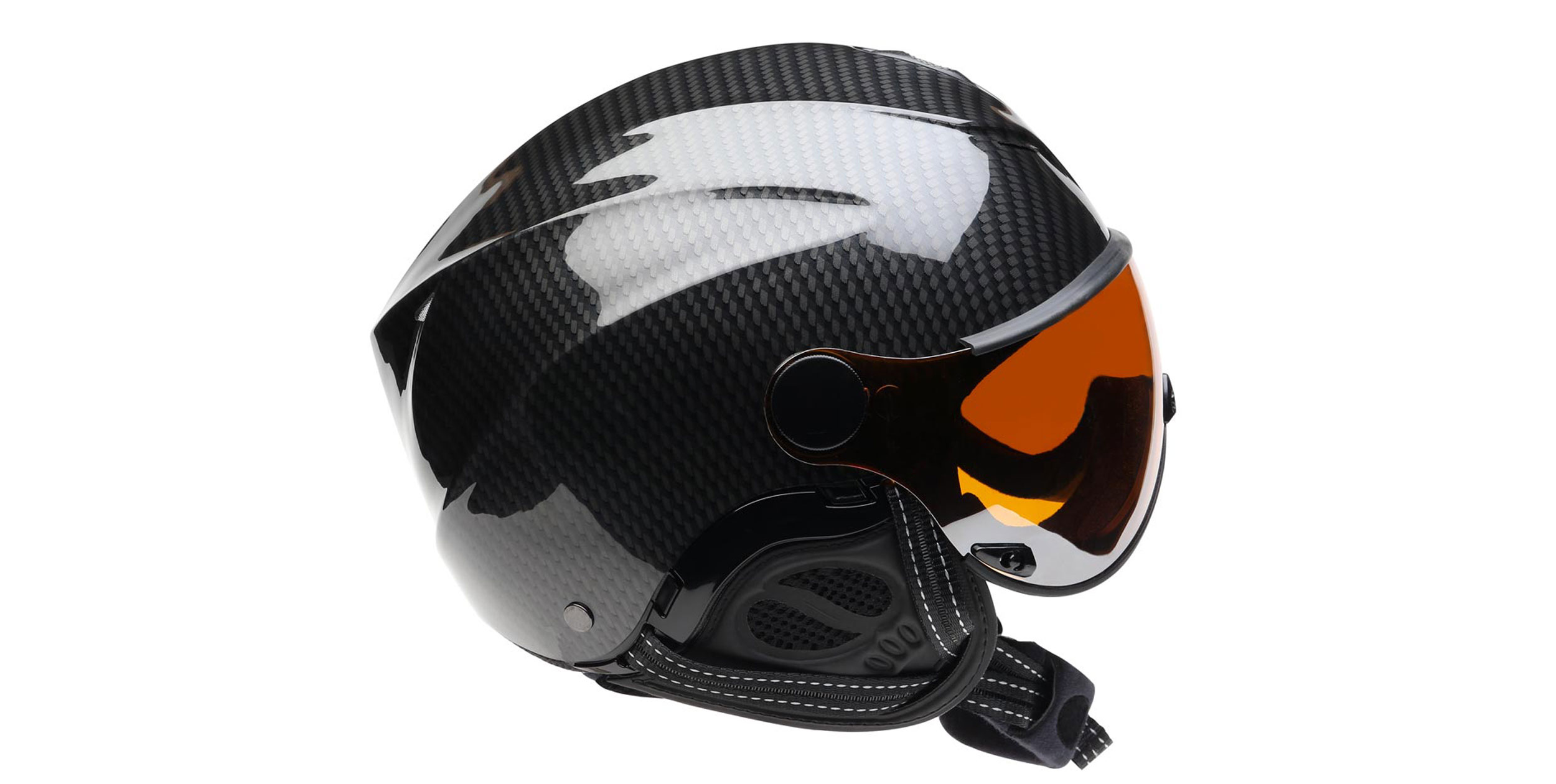This article on buying a helmet by James Freeman was published in 1999 – more than 20 years later and its message is just as pertinent: protect your head.
Almost all paraglider and hang glider pilots will crash eventually. Even a low-speed crash can scramble your brains. Gravel rash and broken bones heal – brains do not. Exact figures are not available for hang gliding or paragliding, however research shows that around 90% of cyclists’ brain injuries can be prevented by a properly fitted helmet.
The physics of how a helmet works
Head injuries are caused by the sudden stop when our head hits a hard surface. The way to prevent the injury is to bring the head (and the brain) to a more gradual stop. A helmet reduces the peak...


